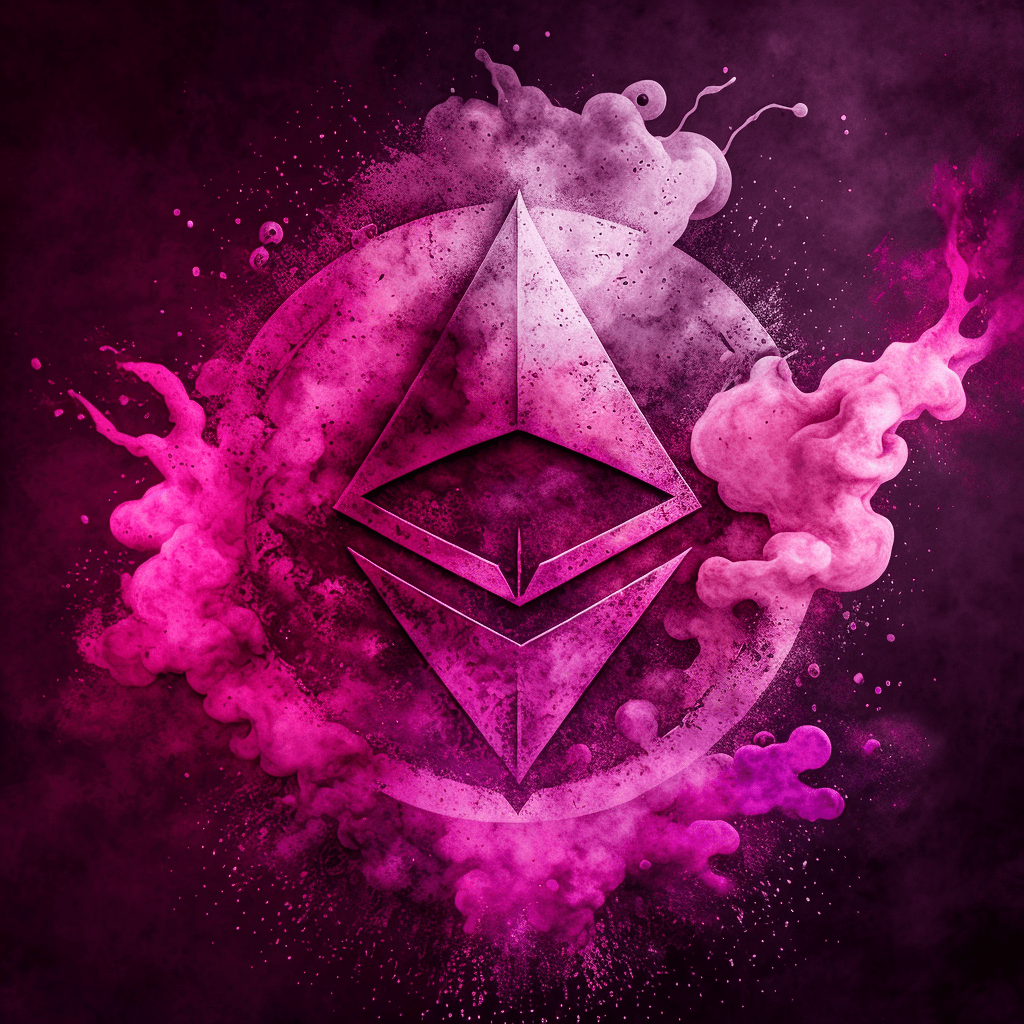As the world of non-fungible tokens (NFTs) and digital assets evolves, various Ethereum token standards emerge to address different requirements and use cases. Among these standards, ERC721a and ERC1155 contracts are prominent examples, each with its unique strengths and functionalities. By understanding their distinct features, similarities, and differences, developers, creators, and users can make more informed decisions about which contract standard is best suited for their specific needs in the growing NFT ecosystem.

An Overview of ERC721a Contracts
Rooted in the widely adopted ERC721 standard, ERC721a contracts refine and optimize many aspects of the original NFT standard. These improvements enable developers to create digital assets with enhanced performance, reduced gas costs, and better metadata support for more creative, diverse, and accessible NFT projects.
Key features of ERC721a contracts:
- Improved gas efficiency: Optimizes gas usage during token transfers, making NFT creation and interaction more cost-effective
- Enhanced metadata: Offers improved support for metadata and off-chain data storage, increasing the flexibility and functionality of ERC721a-based NFTs
- Unique token identification: Ensures that each token created follows a unique identification format, making each NFT distinct and non-interchangeable
An Overview of ERC1155 Contracts
ERC1155 contracts, sometimes referred to as the “multi-token” standard, provide a highly versatile and efficient approach to creating and managing digital assets. This standard goes beyond NFT capabilities, enabling the creation of both fungible (similar to ERC20) and non-fungible tokens within a single contract. This design promotes efficient management and transfers of multiple token types, even in large quantities.
Key features of ERC1155 contracts:
- Mixed token support: Supports both fungible and non-fungible tokens within a single contract, streamlining the creation and handling of multiple asset types
- Batch transactions: Facilitates bulk transfers of tokens with a single transaction, reducing gas costs and improving overall efficiency
- Customized and modular: Offers a highly customizable and modular structure, enabling developers to implement unique token functionalities as needed
Comparing and Contrasting ERC721a and ERC1155 Contracts

When examining the similarities and differences between the ERC721a and ERC1155 standards, it becomes apparent that each serves specific needs and offers different advantages.
Similarities:
- Both ERC721a and ERC1155 contracts are built on the Ethereum blockchain and address the creation and management of digital assets
- Both standards utilize smart contracts to manage token creation, transfer, and ownership
Differences:
- ERC721a contracts focus primarily on non-fungible tokens, while ERC1155 contracts support both fungible and non-fungible tokens within a single contract
- ERC1155 contracts offer efficient batch transfers of tokens, while ERC721a contracts optimize gas usage specifically during NFT transfers
- ERC721a’s focus on metadata enhancements distinguishes it from ERC1155, which emphasizes versatility and modularity
Choosing the Right Contract for Your Project
When deciding which contract standard to utilize for a given project, developers should carefully consider their specific requirements and goals, as well as the inherent advantages and limitations of each standard.
Factors to consider when choosing a contract standard:
- Asset diversity: If a project involves both fungible and non-fungible tokens, ERC1155 may offer a more efficient and streamlined solution
- Gas efficiency and metadata functionality: For NFT-heavy projects requiring optimized gas usage during transfers and enhanced metadata support, ERC721a contracts may be the better option
- Customizability: projects with unique token functionalities may benefit from the modular structure offered by ERC1155 contracts, allowing for extensive customization.
While ERC721a and ERC1155 contracts both play critical roles in the NFT and digital asset ecosystem, understanding their unique features, strengths, and limitations is essential for developers looking to implement the most suitable standard for their specific needs.
Future Developments in NFT Contract Standards

As the digital asset and NFT landscape continues to evolve, it is crucial to stay informed about new developments in contract standards, technologies, and best practices. Ongoing advancements can enhance the functionalities of both ERC721a and ERC1155 contracts, paving the way for more accessible, efficient, and innovative NFT experiences.
Emerging trends in NFT contract standards:
- Interoperability: The development of cross-chain and cross-platform solutions for easier integration and interaction with various blockchain ecosystems and platforms
- Improved user experience: The creation of more user-friendly interfaces and experiences for end-users, simplifying the complexities of interacting with blockchain technology for those new to the space
- Sustainable practices: Addressing the environmental concerns tied to blockchain energy consumption, aiming for more eco-friendly and sustainable solutions
In Conclusion

The relationship between ERC721a and ERC1155 contracts is essential to understanding their distinct functionalities and the overall NFT ecosystem. By comparing and contrasting these contract standards, developers can make informed decisions about which solution best fits their project needs, fostering innovation, and growth within the digital asset landscape.